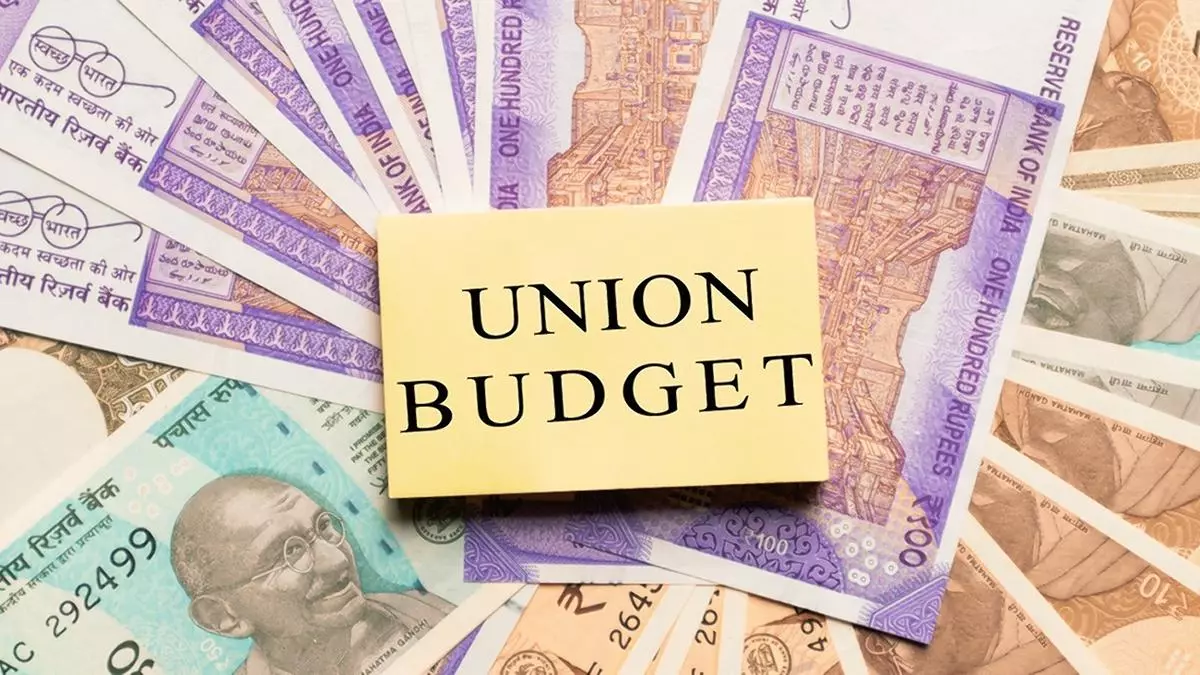Avenue Supermarts is facing increasing pressure from quick commerce players, forcing the retailer to increase its discounts, while it is expanding at a very slow pace, said Goldman Sachs in a note, maintaining its ‘Sell’ recommendation on the stock, and cutting its earnings estimates for the next three years.
The investment bank has reduced the stock’s price target to ₹3,425 from ₹4,000 earlier and reduced the earnings estimates for this year and the next two years by 4.2 per cent, 6.2 per cent and 6.1 per cent.
Discounts increased
According to the note DMart, the hypermarket store chain run by the company, has increased discounts to 25 per cent over the maximum retail price in December, in response to the competitive pressure from Q-comm players. In July, its prices were 15 per cent lower to the MRP, similar to the discounts offered by Q-comm players, who then increased it to 23 per cent in December.
Q-comm players’ main competitive advantages are their discounted pricing and quick delivery within 10 minutes. Goldman Sachs said that they have recently increased their discounts and DMart has had to follow suit in order to retain its pricing advantage.
The reduction in prices would adversely affect the retailer’s gross margins.
It also pointed out that contrary to the perception that DMart’s addressable market was $500 billion, the total size of India’s grocery market, in reality would be only a fifth of that.
With regard to the retailer’s growth prospects, Goldman Sachs said, “Q-Com players are rapidly expanding in the top 10 cities of India, with increasing scale advantages on procurement. DMart has growth headroom beyond the top 10 cities. However, DMart’s business model is to own real estate for stores instead of renting, thereby expanding at a gradual pace.”
It also said that DMart does not address three large segments such as the rural market, meat products and intoxicants such as cigarettes and alcohol. These constitute about 61 per cent of India’s grocery market. It has also not built any competitive advantage in in fresh food categories such as fruits, vegetables, and fresh milk.







Leave a Comment